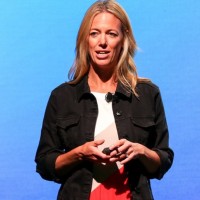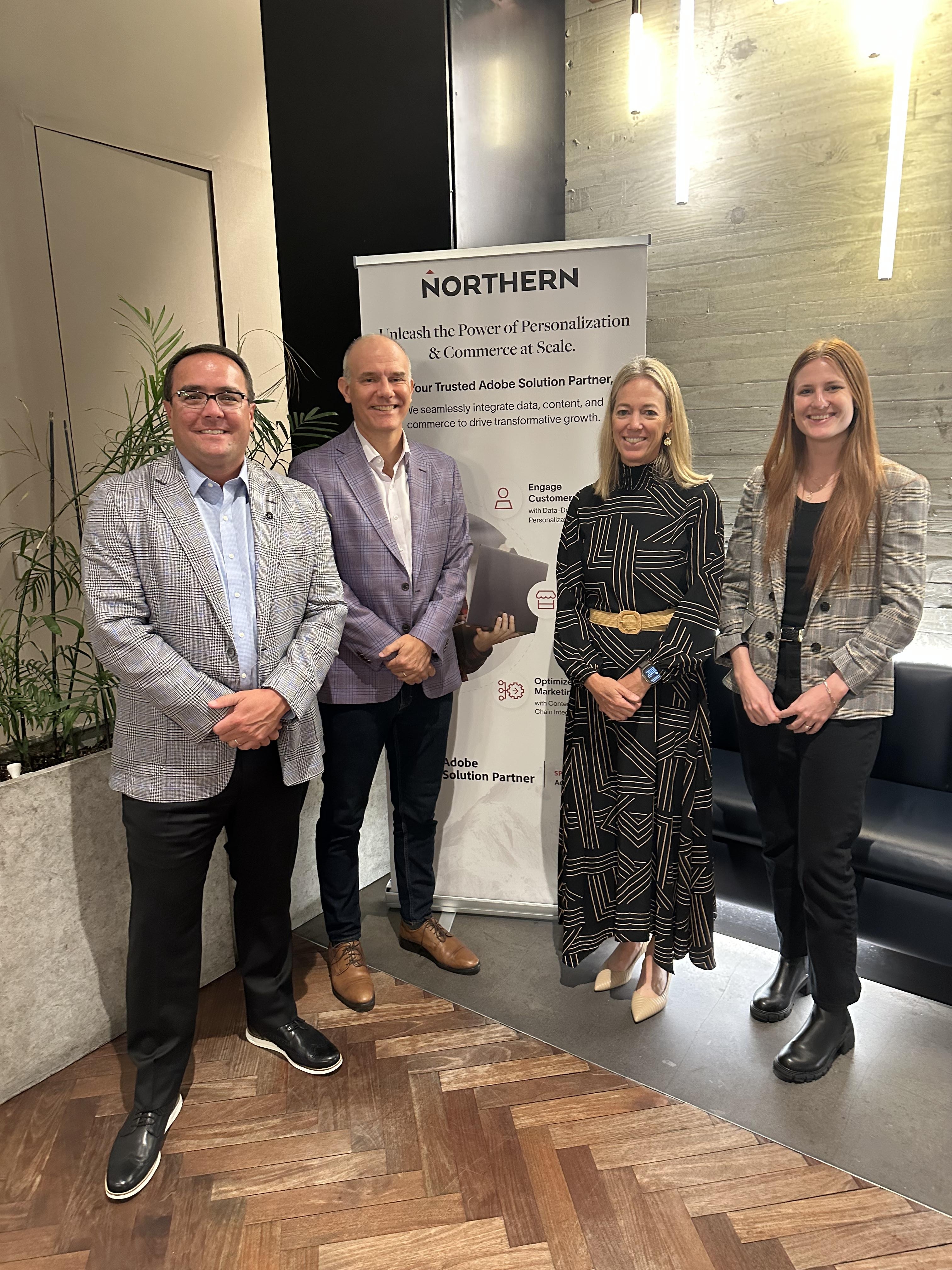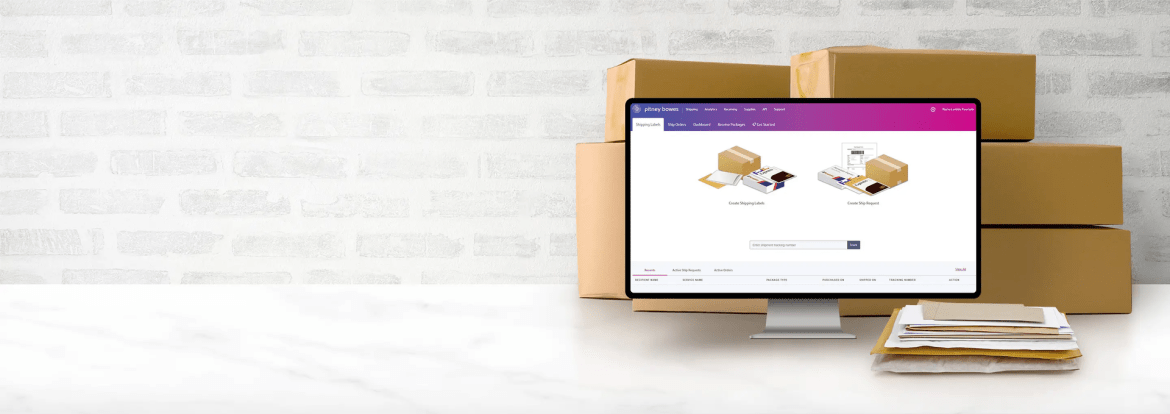Transforming a Legacy: From Mailing Equipment Manufacturer to Global SaaS Shipping Leader

How Pitney Bowes is reinventing itself in the digital age by mastering client experience
Are you familiar with Pitney Bowes? I know for many, we’re synonymous with mailing—a name tied to the familiar postage meter in countless mailrooms worldwide. Even my friends say they think of me whenever they head to process a piece of mail!
That’s still a core part of who we are; over 80% of our revenue comes from mailing-related services. But the truth is, that part of the business is shrinking—and with or without us, fewer businesses send traditional mail. Paperless billing, digital communication, and more streamlined workflows have accelerated a shift that’s been happening for years.
So how do you innovate after more than a century in a business that’s slowly fading away? For Pitney Bowes, the answer lies not just in adapting, but in transforming—into a global SaaS shipping company.
Why Shipping? Why Now?
Shipping is the future. And it’s not limited to the picture you usually see of an ecommerce package dropping onto your doorstep. Banks, law firms, pharmacies, healthcare providers—all of them ship. And often, anything that fits into a large envelope is more cost-effectively shipped than mailed. That opens a massive, diverse market opportunity beyond retail and ecommerce.
As a 105-year-old company, we understand that longevity demands growth, and growth demands transformation. So we asked ourselves: how do we move from hardware to software—in a way that truly puts the client at the center?
Putting the Client Experience First
The heart of our transformation is mastering the client experience. Our journey started with deep research—learning who ships, why they ship, and what problems they face that no one has solved yet. This led us to develop end-to-end solutions that give organizations visibility and control over everything they send, from location to employee, all managed through cloud-based SaaS.
And to continually improve that experience, testing and personalization have become cornerstones of our approach.
The Power of Testing: Learning Fast, Acting Smart
One of the biggest surprises as we shifted focus was discovering that the decision-makers and end users for shipping don’t line up the same way they did for mailing. The strategies that won and retained mailing clients didn’t cut it for shippers. We had to get smarter, and faster.
This is where Adobe Target has been a game-changer. By enabling us to run live, real-time tests on everything—from call-to-action button placement and colour to entire navigation experiences—we can quickly gather data and optimize outcomes. We don’t waste precious engineering resources turning ideas into code unless the data shows they’re winners.
For instance, small tweaks in CTA buttons have contributed to improved conversion rates, reducing our customer acquisition costs and helping us outperform industry benchmarks.
It’s important to cultivate a culture of experimentation. Not every test will win, but each teaches valuable lessons. Our team sets goals to ‘fail’ a certain percentage of tests—because challenge and experimentation drive innovation, and without failure, we wouldn’t be pushing ourselves to find the game-changers.
Personalization: Speaking Directly to Customer Needs
Beyond testing, personalization delivers the biggest bang for the buck. Early on, we noticed many users were still using our platform primarily for mailing—even as we positioned it as a shipping tool under the “PitneyShip” brand.
To better serve these customers, we introduced a simple—but powerful—personalization step at login: a prompt asking users if they mostly ship, mail, or do both. This guided users through tailored experiences aligned with their needs, resulting in a 5 percentage point lift in activation rates for printing stamps or shipping labels.
But personalization can also backfire. We tried a clever strategy to drop returning users into a homepage based on their last page visited. On paper, it seemed smart—a way to greet customers where they left off. In reality, many users accidentally ended up in wrong paths causing them to leave the site, and when they returned, the same experience played out again. This increased bounce rates and hurt engagement. We quickly pulled the plug.
This taught us an important lesson: you need to have a deep understanding of your audience to deliver experiences that truly resonate—and be ready to pivot if something isn’t working.

Harnessing New Technologies and AI to Revolutionize Customer Support
The MarTech landscape can be overwhelming, but investing in the right tools—like Adobe Target or AI chatbots—is essential. We streamlined from 200+ technologies down to 55, focusing on those that deliver real business impact.
Five years ago, we handled about 2 million inbound support calls annually; today, that’s down to under 700,000.
By identifying the top 22 most frequently asked questions—everything from “How do I update my address?” to “Where’s my order?”—we developed AI-powered automation that answers these queries instantly and accurately, without human intervention. When clients are signed in, the AI “knows” their history and can resolve issues with a few simple prompts.
This shift has improved client satisfaction, reduced call center costs, and allowed us to refocus human agents on more complex issues and revenue-driving activities.
The Road Ahead: Client-Centric, Data-Driven, Technology-Powered
Transformation is a marathon, not a sprint. Our journey from mailing equipment to SaaS shipping is ongoing, but at Pitney Bowes, we know our transformation is powered by putting clients first, continuously experimenting, personalizing experiences, and leveraging technology to create value and efficiency. The mailing equipment business might still generate most of our revenue, but shipping and SaaS solutions will define our next century.
Because in the end, it’s the client experience that will determine who thrives in tomorrow’s world.
Stay informed, sign up for our newsletter.

